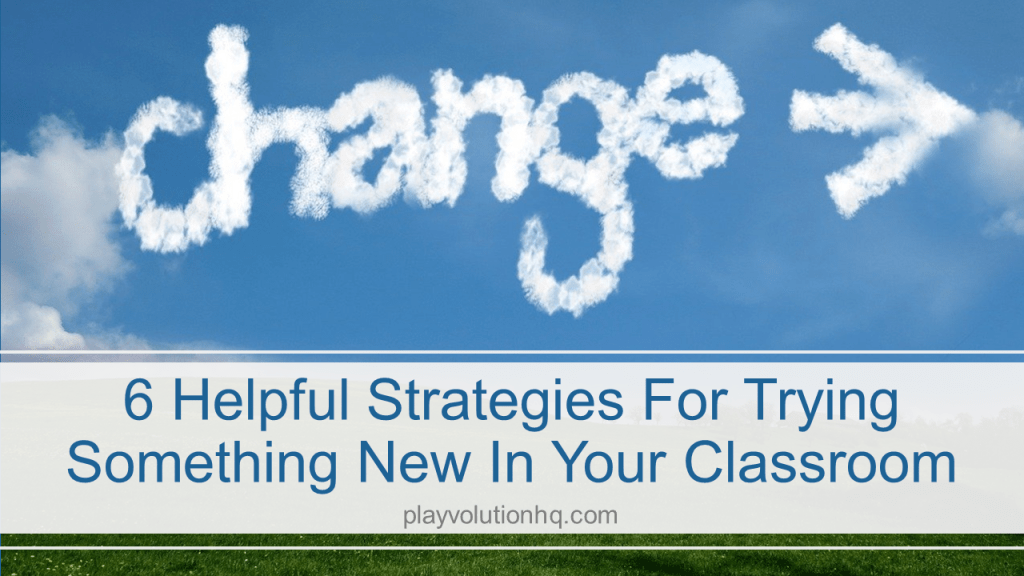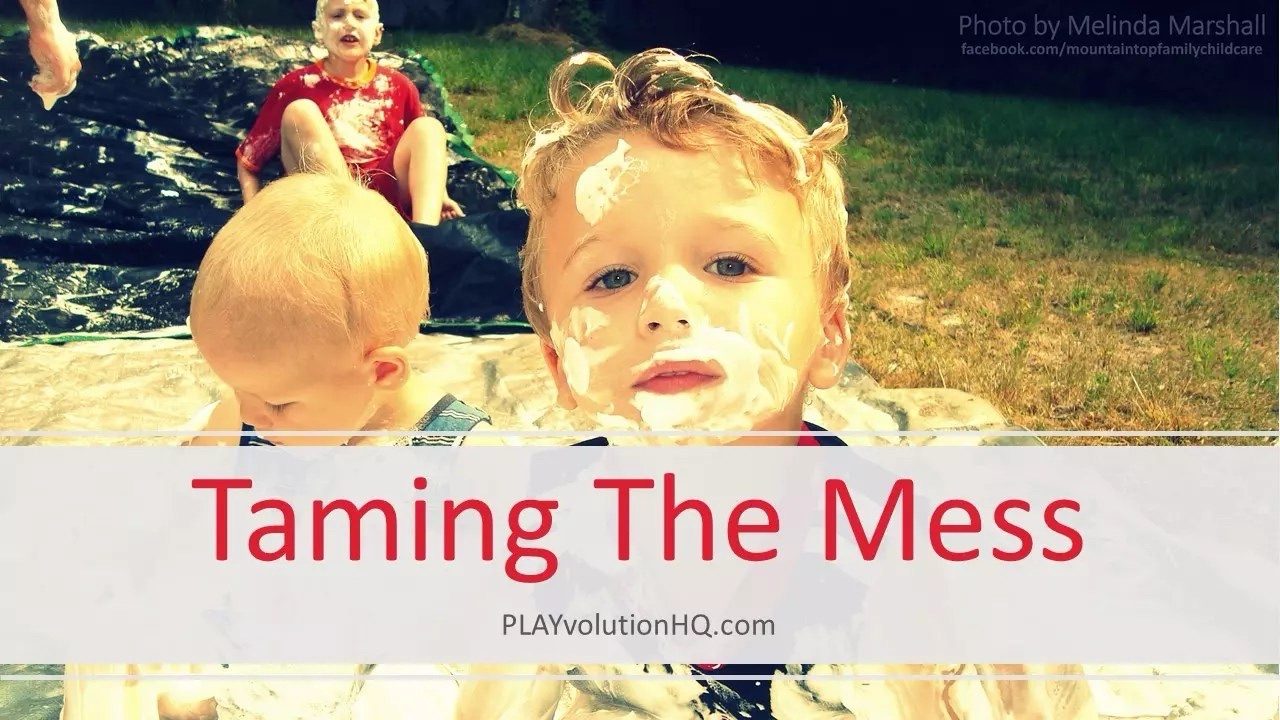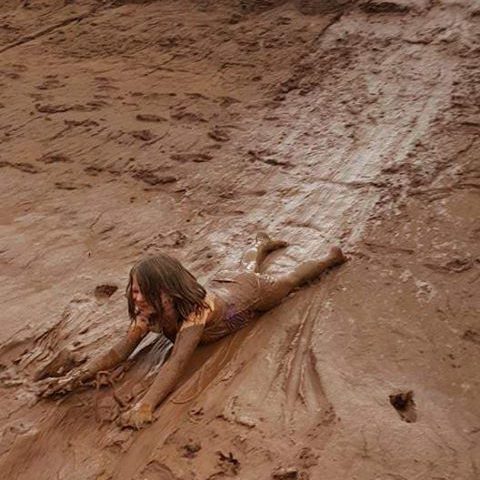
Table of Contents
Trying something new in your classroom can be challenging, especially if you’re change-adverse or unsure how to proceed. Whether you’re thinking about adding a classroom pulley system or expanding your block play area, this post offers tips that’ll help.
Be Prepared
The first tip is to prepare yourself for the New Thing. Take the time to research the new thing you plan to try, focusing on aspects that make you apprehensive. One way to quell your apprehension is to prepare, maybe over-prepare, for the things that make you uneasy.
For example, if you’re considering moving away from craptivities toward a child-focused process art center, dealing with the mess may concern you. In such a case, searching out resources like the following article that offers tips for handling Messy play would be helpful.

Or, if you’re considering offering more developmentally appropriate risky play, you might want to clarify the differences between danger, hazard, and risk and learn about completing benefit/risk assessments.
Before moving ahead, you might also want to contemplate the reasons for the change you’re considering. Ensure you have good reasons. Switching things up just because you want them to be different isn’t a good enough reason. Any change you make should benefit the children in some way.
Start Small
It’s best to start with small classroom changes so you do not overwhelm yourself; take baby steps. Look for opportunities where the stakes are relatively low. For example, allowing kids to whack each other with pillows or pool noodles might be a better introduction to rough-and-tumble play than full-on wrestling.
Even when you become experienced at trying new things in your classroom, it’s probably best to keep changes small since drastic changes are more challenging for you and the children to adapt to.


Set A Specific Goal
Define what you’re trying to accomplish with some specificity in clear and concise language. Such a goal will help keep you on track and serve as a measuring stick for your success. For instance:
- Spend more time outside in the morning
- Add more large loose parts to the outdoor play area
- Add a climate structure to the toddler room
- Use timeout less
- Pause a little longer before intervening in children’s conflicts
- Spend more time observing children’s play
Reflect On The Experience
After trying your new thing, reflect on what happened and document the experience. How did the children respond? How did you feel before, during, and after the experience? What worked and what didn’t? What will you do differently next time? Focus on what you learned from the experience and how you can use that information the next time you try something new.
Remember that if things don’t go as expected, you can still learn something from the experience. Failure is a good teacher.
Celebrate Your Efforts
Regardless of the outcome, celebrate that you tried something new and took a risk. A bit of celebration will improve your morale and make you more likely to build a habit of trying new things.
The timing of your celebration is essential. It should occur right as The New Thing wraps up or immediately after that. Wait longer than that, and you’ll lose the benefits of celebration.
How you celebrate is up to you. I tend to celebrate with a low- key mental high five; you can throw a handful of confetti in the air and do your happy dance if that works for you.
Try Again
You’ll get more comfortable trying new things as you try new things, so don’t stop after your first attempt. It doesn’t matter if you replicate your first attempt, repeat it with some modifications, or try something completely new. The important thing is that you try to build a habit of experimenting and tweaking your environment to meet best the needs of the children utilizing the space.
Trying Something New Wrap-Up
I’ll wrap up with two additional quick tips for trying something new:
- Embrace The Possibility Of Failure–Thinks might not go as expected, and that’s OK. As I said above, failure is a good teacher. Remind yourself that failure is a natural part of life and growth. Exposing yourself to failure in controlled settings can reframe your perception of failure as a learning opportunity rather than a catastrophe.
- Seek Support–Reach out for advice and share your experiences with supportive peers and friends. Talking about your efforts at trying something new can energize you and lead to helpful conversations.
Contribute content to Playvolution HQ
Brought to you by Explorations Early Learning
Browse Trainings

Post Author
Jeff Johnson is an early learning trainer, podcaster, and author who founded Explorations Early Learning, Playvolution HQ, and Play Haven.

Leave a Reply